medskl.com is a free, global medical education site (FOAMEd) covering the fundamentals of clinical medicine with animations, lectures and concise summaries. medskl.com is working with over 170 award-winning medical school professors to provide content in 200+ clinical presentations. Endocrinology – Gynecomastia: What You Need to Know Whiteboard Animation Transcript with Adam Millar, MD, MScCH https://medskl.com/Module/Index/gynecomastia Gynecomastia is benign enlargement of glandular breast tissue in the male. It’s a common condition, with a reported prevalence of 36% in men between the ages of 17-58. Even higher prevalence rates have been noted in newborns, teenagers and older men due to normal physiologic changes. True gynecomastia is due to the effect of an imbalance of androgenic and estrogenic hormones on glandular breast tissue. An important point is that one doesn’t need to have frankly low testosterone levels or high estradiol levels to develop gynecomastia. Patients with acute gynecomastia will often note unilateral or bilateral breast enlargement with tenderness on palpation. Over time, patients may report decreased enlargement and tenderness – this suggests that the affected tissue may have entered the chronic or fibrotic stage. Although male breast cancer is rare, one must first exclude this condition before proceeding with further investigations into gynecomastia. Physical findings that indicate a potentially malignant lesion include unilateral breast involvement, presence of a hard, fixed mass that is located peripherally to the areola rather than circumferentially, accompanying skin rashes, nipple discharge and axillary lymphadenopathy. In cases where carcinoma is a concern, mammography can help distinguish malignant lesions from benign ones. After exclusion of carcinoma, the next step is differentiating true gynecomastia from pseudogynecomastia (or lipomastia, which is excess fat tissue in the breast). The texture of the mass on exam can help in distinguishing these conditions Initial lab investigations to determine etiology include total testosterone, lutenizing hormone, estradiol, and prolactin. One may also add hCG and bioavailable testosterone. Thyroid, renal, and liver function tests are also important initially. An accurate medication and supplement history is essential, as many of these substances are known to cause gynecomastia. The majority of cases, however, are idiopathic. Management involves treating any underlying condition found on lab testing, or removing offending medications. In other cases, estrogen blocking medications (such as tamoxifen) or surgical intervention may be required for more permanent effect.
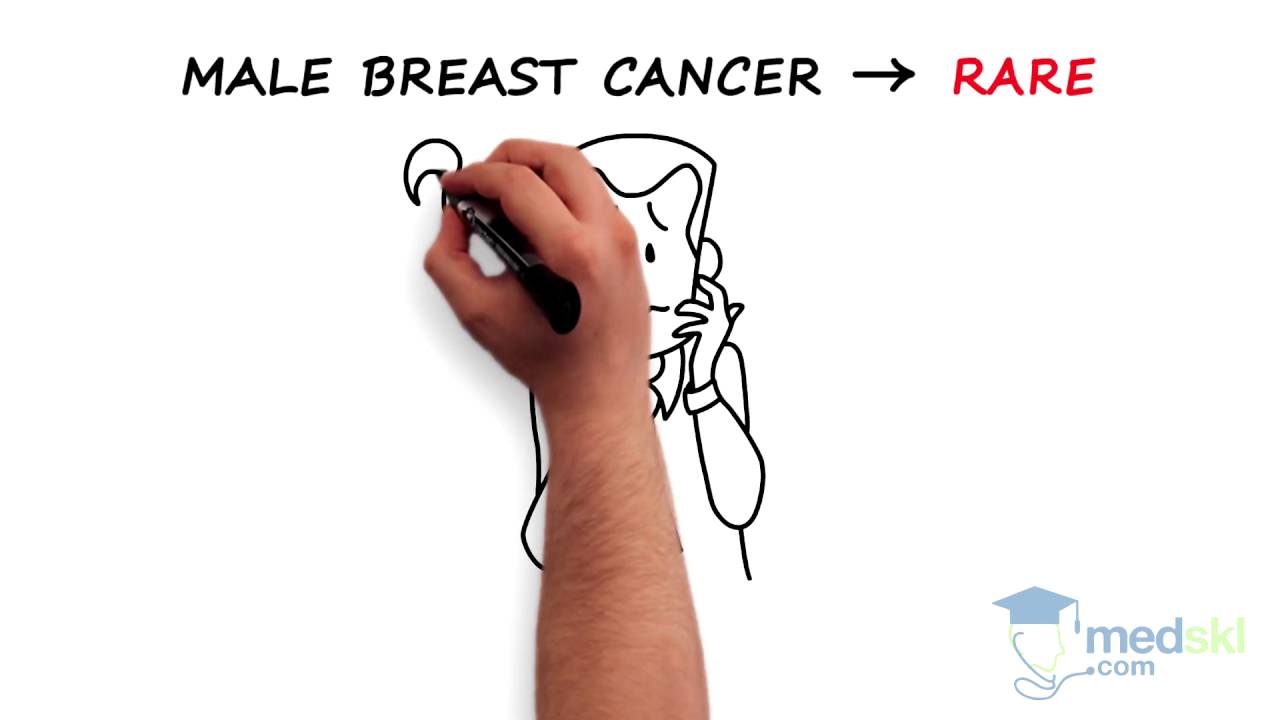
Endocrinology – Gynecomastia: By Adam Millar M.D.
- Post author:
- Post published:May 23, 2021
- Post category:Uncategorized
- Post comments:0 Comments
You Might Also Like
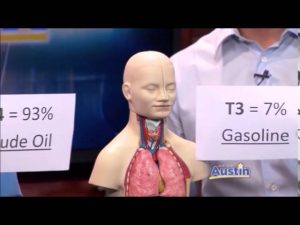
Understanding T4 to T3 Thyroid Hormone Conversion – KEYE TV Austin – Inspire Wellness Center
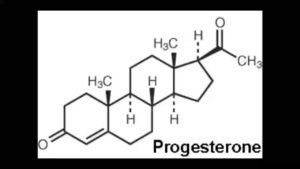
Progesterone 1446Hz Waves to Brain to Release Female Hormones

How To: Tricep Pushdown (Life Fitness Cable)
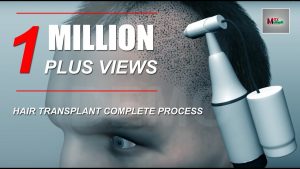
Hair Transplant Complete Process 2020 3D Animation

Judo Video – 4

Leg Raises-3
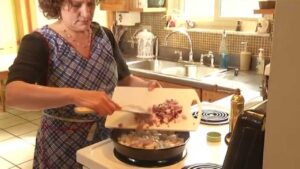
Cardiac Nutrition Video – 2

Get Pregnant Fast with Unexplained Infertility
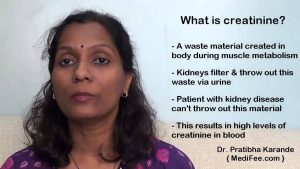
Creatinine Blood Test – Everything You Needed to Know

2D Echocardiogram

FOOTBALL FITNESS – How to get fit and improve your game STRskillSchool
Erectile Dysfunction Tadaiafil Citrate
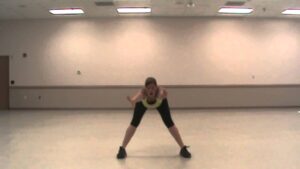
Zumba – All of Me (Cool-down)

Workout Supplement and Vitamins (Jeff Cavaliere’s Exact Plan)

Foods To Avoid While Breastfeeding- SheCare
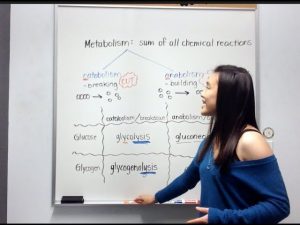
Catabolism and Anabolism for Glucose and Glycogen

Exercise Anatomy: Back Workout | Pietro Boselli
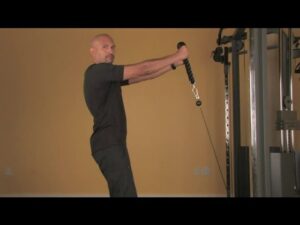
Shoulder Front Raises With a Rope on Cable for Weight Training : Exercises & Training
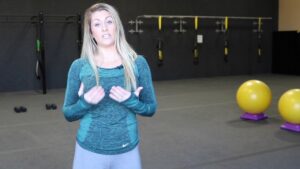
30 Sec Tips | Pre-Workout

Incentive Spirometer: Promotes relaxation and cleans the lungs

Sperm Counts Plummeting…But Not Everywhere
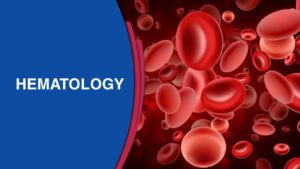
How To Check The Blood Flow In Leg? – Manipal Hospital
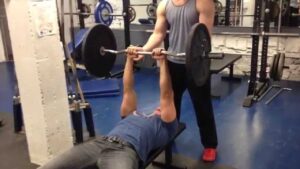
Lying Barbell Triceps Extension
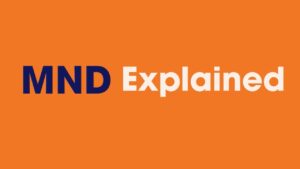
What is motor neurone disease (MND)?

Echo, What Is It?

How do you check your kidney function ?

HGH, Growth Hormones & Plant Hormones Video – 34
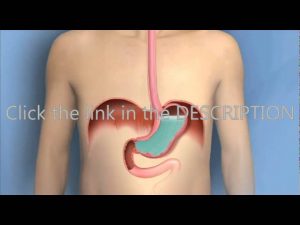
Heartburn, Acid Reflux, GERD-Mayo Clinic

16 FOODS TO EAT ON A KETOGENIC DIET — Ketogenic Diet Foods.
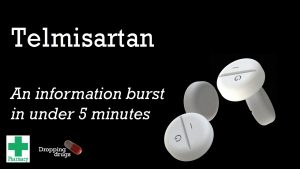
Telmisartan information burst
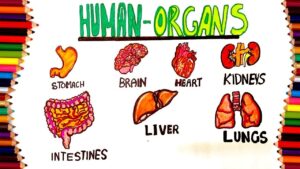
HOW TO DRAW HUMAN INTERNAL ORGANS

Sex Hormones – Testosterone & Estrogen – Endocrine System #4

DECLINE BENCH PRESS | TUTORIAL VIDEO
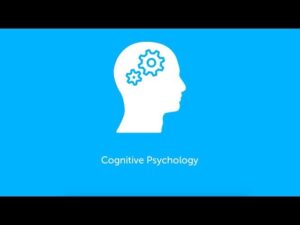
Cognitive Psychology Video – 1

Digestive System for Kids – How Digestion Works – human body parts for children
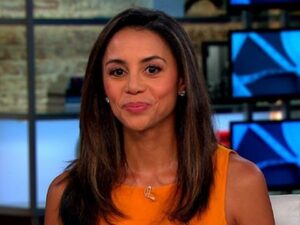
Is BMI the best measure of obesity?

Diet Plan For Osteoporosis – Plan 1 | English |

Pathology Video – 2

First Aid Video – 1
Lipids & Fats Video – 2

Neurological Physiotherapy Video – 6

